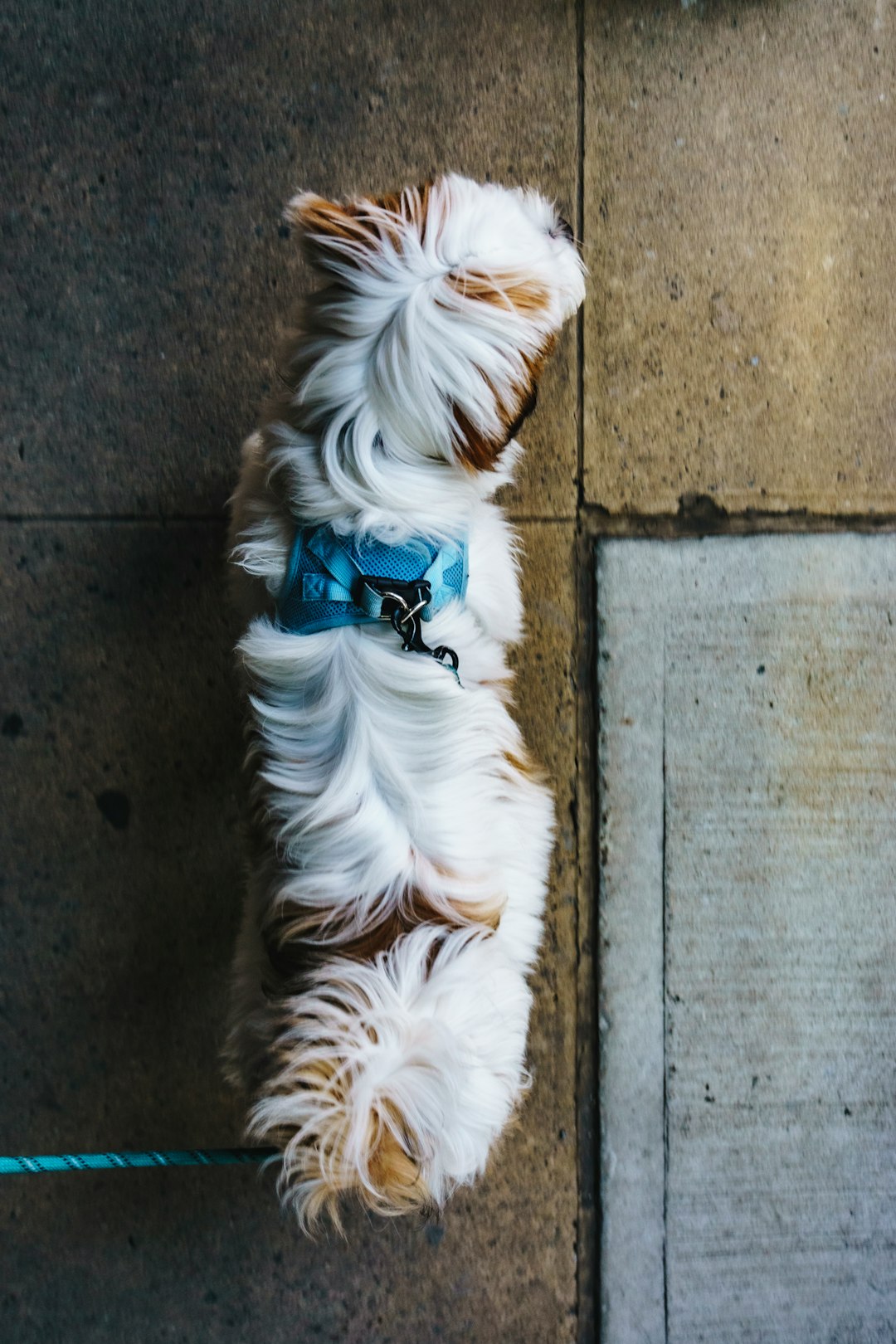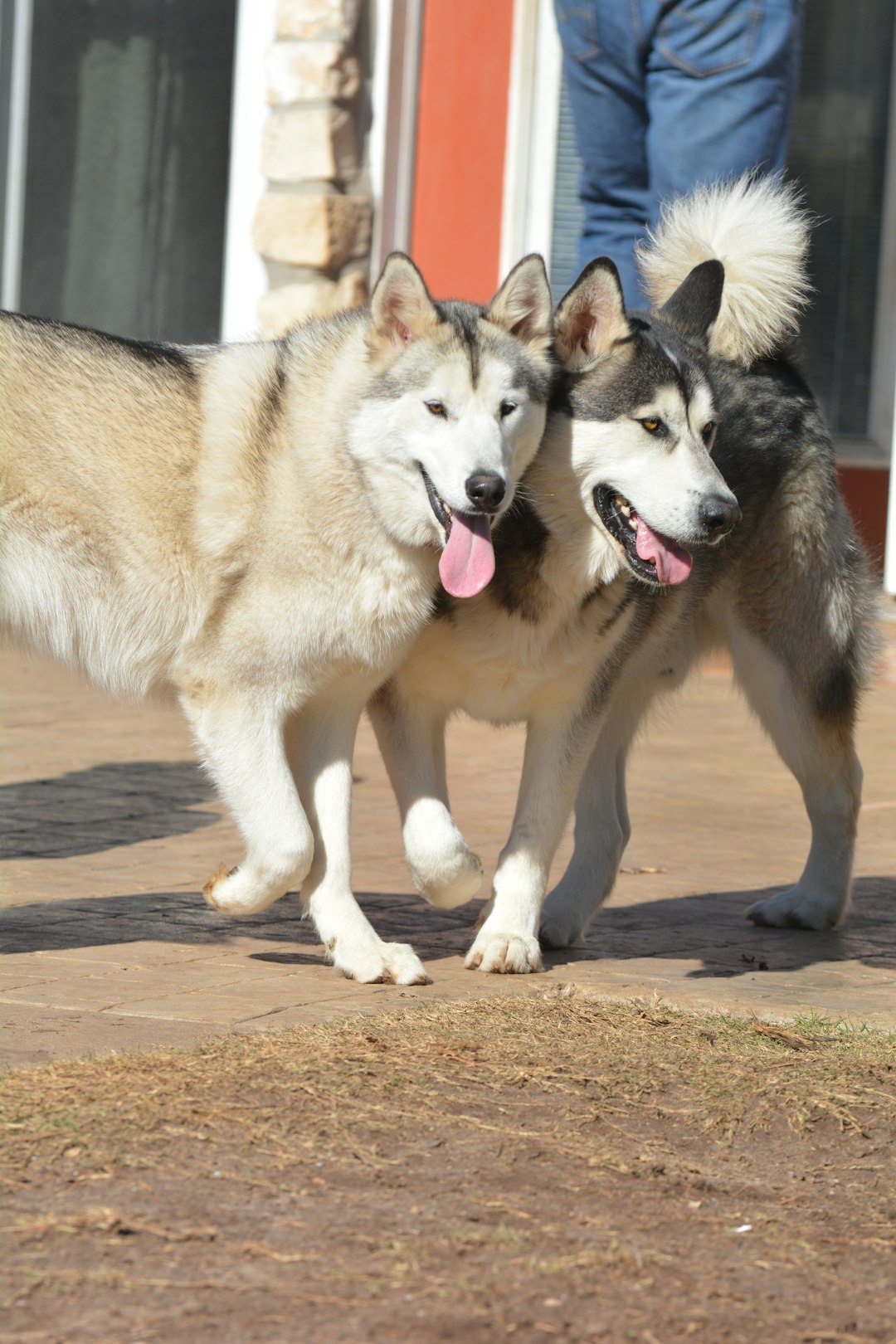If you’ve ever wandered the pet aisle, you might have stumbled upon a tantalizing treat known as pig ears for dogs. But before you toss them into your pup’s bowl, let’s dive into whether these chewy delights are a safe and healthy option for your furry friend. From the mouthwatering benefits to the potential hazards lurking beneath the surface, we’ll uncover everything you need to know about this popular canine snack. So grab a treat of your own, because it’s time to get to the juicy details!
Understanding Pig Ears as Dog Treats

When it comes to spoiling our furry friends, few treats can compete with the allure of Pig Ears for Dogs. But what lies behind their crispy charm? Let’s dig in!
What are Pig Ears?
- Pig ears are a popular dog treat made from the cooked skin of pigs.
- Crunchy on the outside and chewy on the inside, they offer an enjoyable texture for dogs.
Why Dogs Love Them:
- The irresistible taste keeps pups coming back for more.
- They engage dogs mentally and physically, helping to reduce boredom.
Nutritional Profile:
- High in protein, which supports muscle development and overall health.
- Contains essential fats that contribute to a shiny coat.
However, not all pig ears are created equal. Some may come loaded with preservatives and artificial flavors. So, it’s crucial to choose high-quality options that are natural and free from harmful additives.
In summary, Pig Ears for Dogs can be a delightful treat if sourced wisely, adding both fun and flavor to your dog’s treat arsenal! So, why not make treat time a little more exciting? 🎉
Nutritional Benefits of Pig Ears for Dogs

When it comes to Pig Ears for Dogs, these delightful treats pack a surprising punch in the nutrition department! Let’s take a look at why you might want to consider them for your furry friend’s snack time.
Key Nutritional Benefits:
- High in Protein: Perfect for muscle growth and repair, giving your pup that extra boost of energy.
- Rich in Essential Fats: Contributes to a shiny coat while keeping those canine joints lubricated.
- Dental Health: The texture of pig ears can help reduce plaque and tartar as your dog chews away, promoting healthier teeth and gums.
- Low Carb: They’re a fabulous option for dogs on a low-carb diet.
Comparison with Other Treats:
| Treat Type | Protein | Fat | Carbs |
|---|---|---|---|
| Pig Ears | High | High | Low |
| Rawhide | Moderate | Moderate | Moderate |
| Biscuits | Low | Low | High |
In short, Pig Ears for Dogs can be a nutritious and enjoyable treat. Just ensure moderation, and watch those wagging tails when you bust out these tasty delights! 🐾
Potential Risks Associated with Pig Ears

While Pig Ears for Dogs can be a delightful chew that has your furry friend wagging their tail with joy, it’s essential to keep an eye out for some potential pitfalls. Here are a few things to consider:
- Choking Hazard: Some dogs might munch too aggressively, leading to choking. Always supervise treat time!
- Bacterial Contamination: These tasty treats can carry bacteria like Salmonella. Ensure proper handling and hygiene.
- High Fat Content: While fat provides energy, a little too much can tip the scales. Choose moderation if your pooch is prone to weight gain.
- Digestive Upset: Some dogs have sensitive stomachs. Monitor their reactions after indulging in Pig Ears for Dogs – diarrhea or vomiting could signal trouble.
Quick Comparison
| Risks | Description |
|---|---|
| Choking Hazard | Risk of obstruction; supervision is essential |
| Bacterial Contamination | Potential for harmful bacteria; practice good hygiene |
| High Fat Content | May lead to weight gain; moderation is key |
| Digestive Upset | Sensitive dogs may experience gastrointestinal issues |
In essence, while Pig Ears for Dogs can be a fun reward, it’s crucial to remain vigilant. Happy munching, but play it safe!
How to Choose Safe Pig Ears for Your Dog
Selecting the right Pig Ears for Dogs can feel overwhelming, but worry not! Here’s a handy guide to make your choices clearer:
Key Considerations:
- Source Quality: Look for Pig Ears for Dogs sourced from reputable farms. Always opt for products labeled as USDA-certified.
- Processing: Choose all-natural, minimally processed pig ears. Avoid additives or preservatives like sodium nitrates; your pooch doesn’t need that.
- Texture: Fresh pig ears should be pliable, not overly hard or brittle—think snack, not a doggy dental hazard!
Tips for Buying:
- Check for Recalls: Stay updated on any product recalls to keep your pet safe.
- Read Labels: The ingredients should list only pig ears. If you find a laundry list of ingredients, steer clear!
- Consider Your Dog’s Size: Larger ears are great for big dogs, while smaller ones work for the pint-sized pooch.
By following these tips, you can confidently treat your dog without any tail-wagging worries! 🐶
Preparing Pig Ears for Your Dog
When it comes to serving up Pig Ears for Dogs, preparation is key to ensuring a deliciously safe experience for your canine companion. Here’s a quick guide to get it just right:
Preparation Steps:
- Choose High-Quality Treats:
- Ensure the pig ears come from reputable sources—organic or cruelty-free brands are a bonus!
- Rinse Thoroughly:
- Give the pig ears a quick rinse under cold water. This minimizes any leftover residue or potential bacteria.
- Bake Them:
- Optional but recommended! Baking pig ears at low heat (around 200°F for about 30 minutes) can help to kill off any harmful microbes while making them extra crunchy.
- Cool Before Serving:
- Let those suckers cool off! After baking, ensure they’ve reached a safe temperature to avoid burning your pup’s tongue.
- Supervise Consumption:
- Always keep an eye on your dog as they chew. This can prevent choking and ensure your furry friend enjoys their treat safely!
Quick Tip:
Cut pig ears into smaller pieces for smaller dogs. It makes them easier to chew and digest.
By following these steps, you can confidently serve Pig Ears for Dogs, transforming treat time into tail-wagging joy!
Alternatives to Pig Ears for Dogs
If you’re looking to switch up your dog’s treat game or if Pig Ears for Dogs just aren’t cutting it, fear not! A plethora of delicious and safe alternatives await your pup. Here’s a quick rundown of some standout options:
- Rawhide Chews: A classic favorite! They keep your dog engaged and help with dental hygiene.
- Carrots: Crunchy, low-calorie, and full of vitamins—what’s not to love? Dogs can enjoy these raw or lightly steamed.
- Sweet Potato Chews: Naturally sweet and chewy, these are a canine hit! Plus, they’re packed with nutrients.
- Beef Jerky: High in protein and flavor, just ensure it’s low in additives and sodium.
To help you visualize the options, here’s a nifty comparison table:
| Treat Option | Nutritional Benefits | Texture |
|---|---|---|
| Pig Ears for Dogs | High in protein, fatty acids | Chewy and crunchy |
| Rawhide Chews | Aids dental health | Chewy |
| Carrots | Low-calorie, high in fiber | Crunchy |
| Sweet Potato Chews | High in vitamins A and C | Chewy |
| Beef Jerky | Protein-rich, savory flavor | Chewy |
Ultimately, whether you choose Pig Ears for Dogs or one of these fabulous alternatives, your furry friend will appreciate the love!
Veterinarian Advice on Giving Pig Ears
When it comes to our furry companions, a little professional insight can go a long way—especially with treats like Pig Ears for Dogs. Here’s what the experts recommend:
- Moderation is Key: Vets agree that while pig ears for dogs can be a tasty treat, they should only make up about 10% of your dog’s daily caloric intake. Too many might lead to unwanted weight gain or digestive issues.
- Age Matters: Consider your dog’s age and chewing habits. Younger pups or aggressive chewers might require supervision to prevent choking hazards.
- Individual Needs: Always consult your vet if your dog has specific dietary restrictions or health conditions. Some dogs may be sensitive to certain ingredients found in treats like pig ears for dogs.
- Monitor Their Behavior: After giving your pooch a pig ear, keep an eye out for any signs of distress. If your dog seems lethargic or refuses food, it might be time to rethink the treat.
In short, pig ears for dogs can be a delightful indulgence with the proper precautions—just remember to keep the advice of your trusty vet in mind!
Veterinarian Advice on Giving Pig Ears
When it comes to spoiling our furry friends, pig ears for dogs can seem like a tempting treat. However, before tossing one to your pup, it’s wise to take heed of the experts! Here’s what veterinarians typically recommend:
- Moderation is Key: Offer pig ears as an occasional treat, rather than a daily snack. Too much of a good thing can lead to upset stomachs!
- Quality Matters: Always select high-quality, properly sourced pig ears. Look for brands that provide transparency about their sourcing and manufacturing processes.
- Watch for Allergies: Keep an eye on your dog for any unusual reactions. If you notice vomiting or diarrhea, it might be time to reconsider those pig ears for dogs!
- Monitor Chewing: Dogs love to chew, which can be both good and not so good. Supervise their chewing sessions to prevent choking hazards!
In conclusion, while pig ears for dogs can be a delightful indulgence, always prioritize health and safety over sheer delight. After all, a happy, healthy pup means fewer trips to the vet!
Frequently Asked Questions
What are pig ears made of, and are they natural?
Ah, the infamous pig ears, an ancient delicacy for our four-legged friends! They’re made from the outer ear of pigs, typically dried and sometimes smoked, so you can think of them as nature’s own chew toy! Most pig ears are natural, but always check for added preservatives or artificial flavors. After all, we want our pups munching on something that comes straight from Mother Nature’s pantry, not a chemistry lab!
Are pig ears safe for dogs to eat?
In the grand debate of doggy snacks, pig ears do raise a few eyebrows. Generally, they’re safe for most dogs when consumed in moderation. However, some pups may have sensitive tummies or allergies, leading to potential choking hazards or digestive issues. So, it’s like giving your precious pooch a little risk and reward adventure — just make sure to supervise their snack time and always consult with your vet if you’re unsure!
How often can I give my dog pig ears as treats?
Giving your dog pig ears is akin to serving dessert: once in a while, with proper supervision! While these crunchy delights can be a tasty occasional treat, limiting them to once a week or a few times a month is wise. Too many pig ears can lead to health issues like obesity or pancreatitis. Remember, moderation keeps tails wagging – and helps your dog avoid turning into a little sausage himself!
What are the benefits of pig ears for dogs?
Benefits, you say? Pig ears can be quite the chew-tastic option for dogs! They promote dental health by helping to scrape away plaque while chewing, keeping those pearly whites in check. Plus, they’re rich in protein, which means they can give your pup a little energy boost. Just imagine your dog channeling its inner lumberjack, gnawing away at their snack like a seasoned toothy warrior!



